11 Ways You're Ruining Your Frozen Pizza
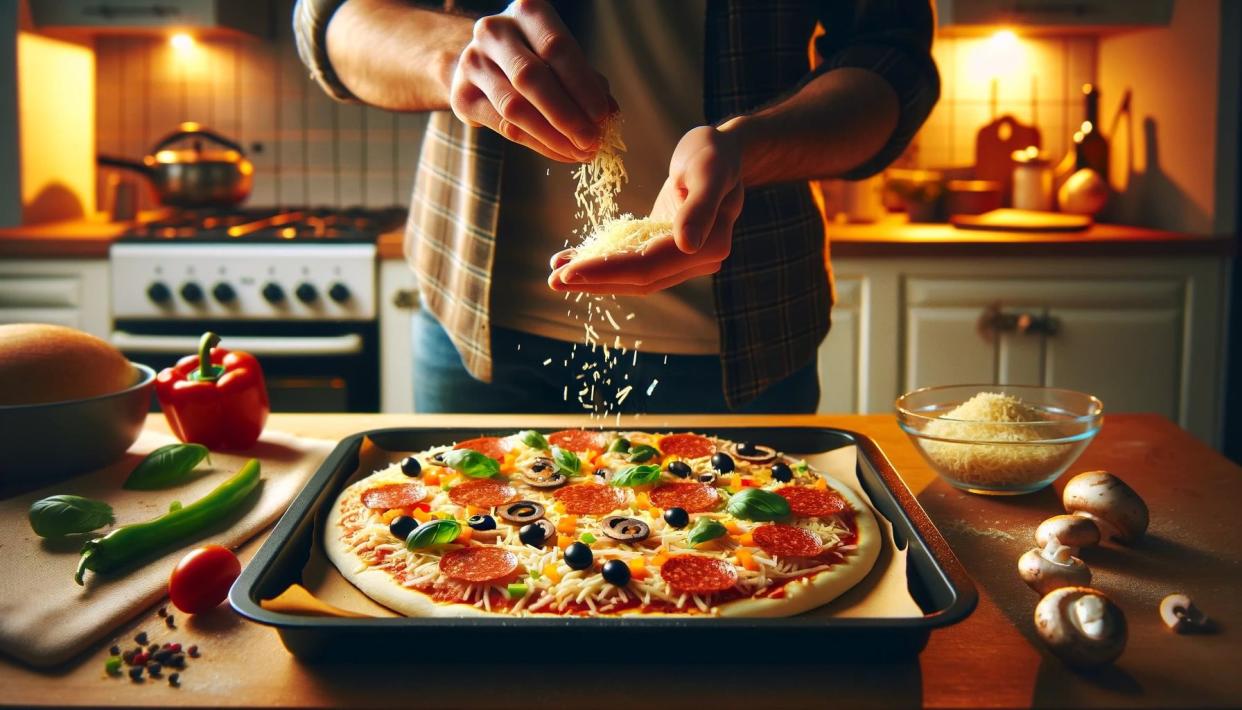
Slicing Into Disaster
You'd think heating up a frozen pizza is as easy as 1, 2, 3. Just toss it in the oven and bam, dinner is served. As it turns out, we might be doing our beloved freezer pies dirty without even realizing it (major gasp).
Aren't frozen pizzas supposed to be foolproof? Not quite. There's actually a right and a wrong way to reheat frozen pizza, and this includes not adding toppings before AND after baking. (Bet you didn't know that one.)
From not letting your pie thaw to neglecting the crust, here are 11 ways you're messing up your frozen pizza. But don't worry: We've also included tips to help make them taste just as good as a fresh pie from your favorite pizza joint.
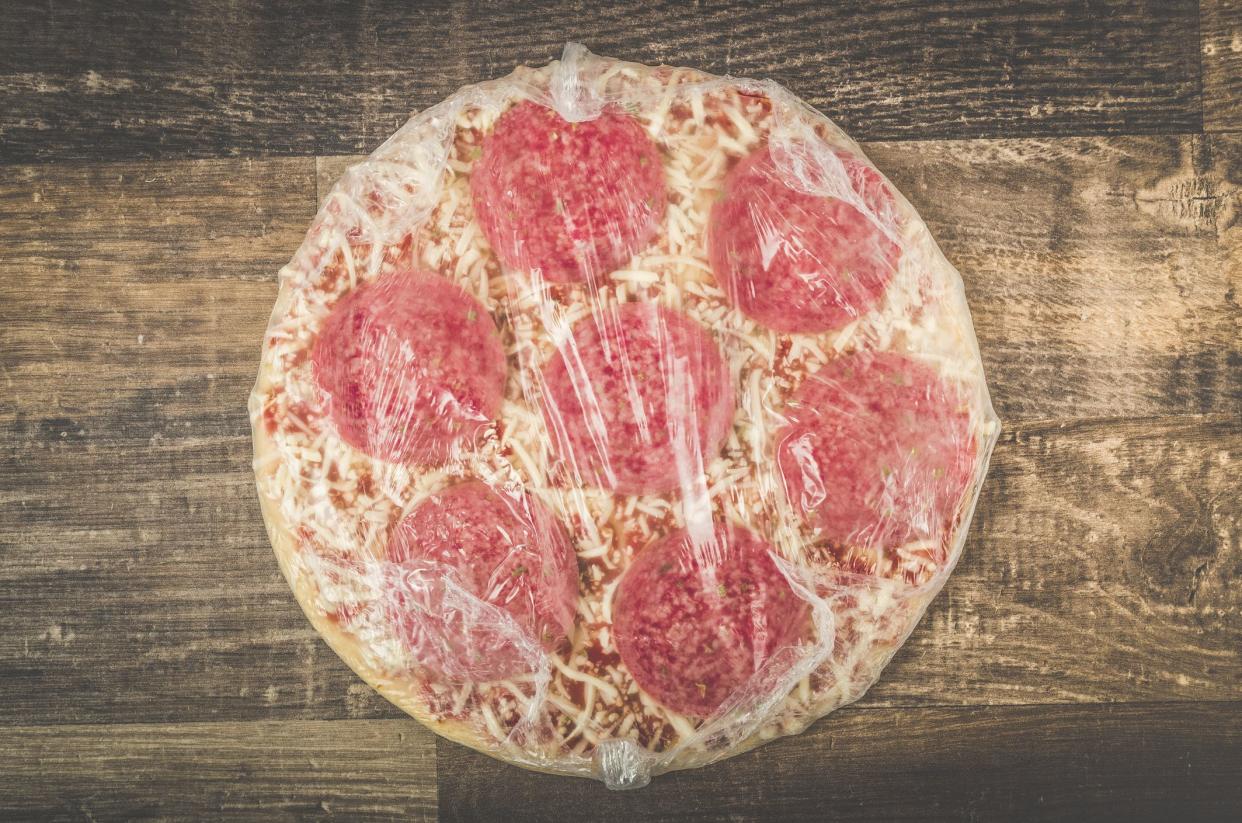
1. Forgetting To Thaw
If you're grabbing your pizza from the freezer and throwing it straight into the oven, you're rushing the process. Letting frozen pizza sit out for a bit (about 15-20 minutes) can help it cook more evenly and prevent those dreaded semi-frozen middles and burnt edges. The thawing process can also also improve the overall texture and flavor of your pizza by helping rehydrate the dough to make it more soft and pliable.
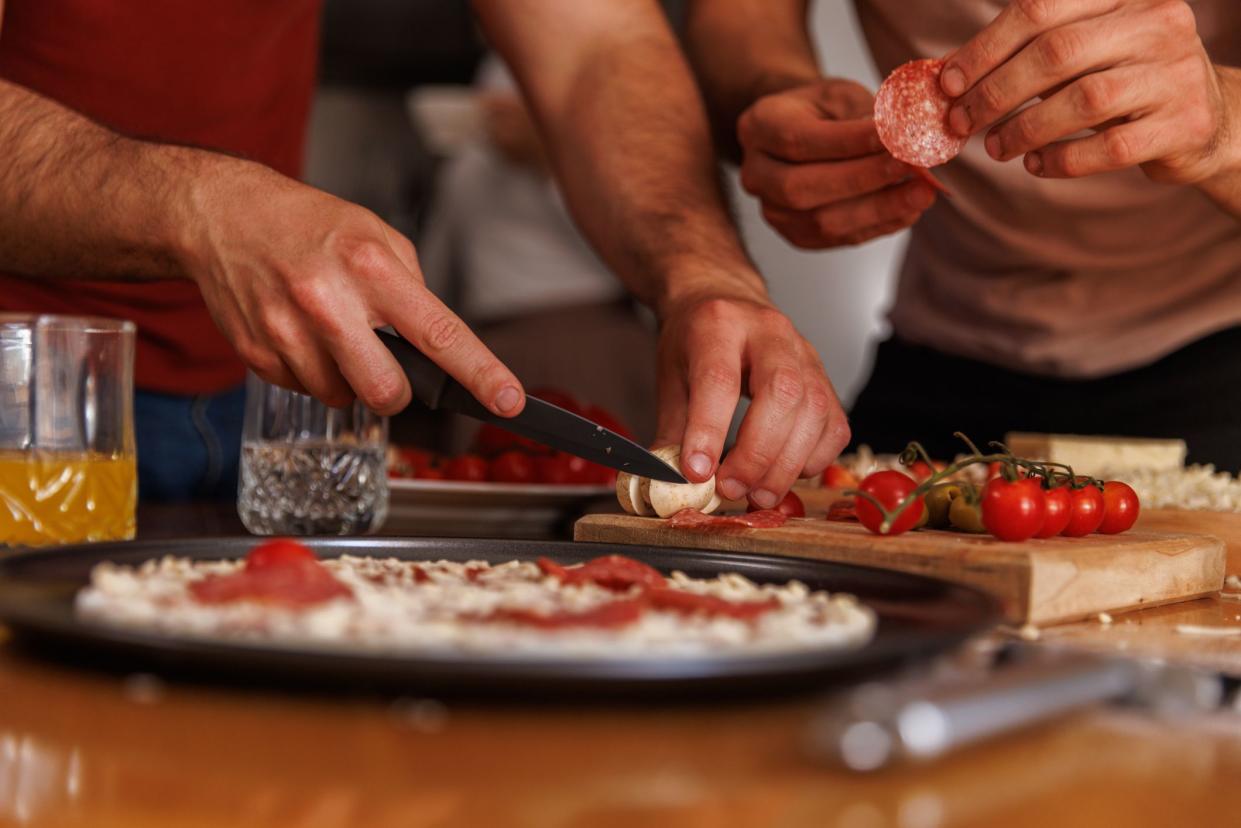
2. Not Adding More Toppings Before Baking ...
Ever opened a frozen pizza to find five measly pepperonis? Yeah, that's not gonna cut it for us. Imagine your frozen pizza as not just a meal, but a canvas in which to add everything you love. Before placing it in the oven (or grill if you're feeling adventurous), adorn it with all of your favorite toppings, like more cheese, meats, vegetables, mushrooms, or even dollops of pesto or ricotta for a burst of flavor.

3. ... And Even More After Baking
Once out of the oven, don't just stop there. Add more toppings by layering your pizza with fresh ingredients that could wilt or lose their zing if cooked, such as arugula, shavings of Parmesan cheese, basil, spinach, or even avocado slices. Adding these ingredients after baking keeps their flavors bright and provides a nice contrast to the gooey cheese and melting sauce.
Pro tip: Adding a drizzle of high-quality olive oil at the end can bring out flavors further and transform your pizza by giving it a silky texture and gourmet mouthfeel.
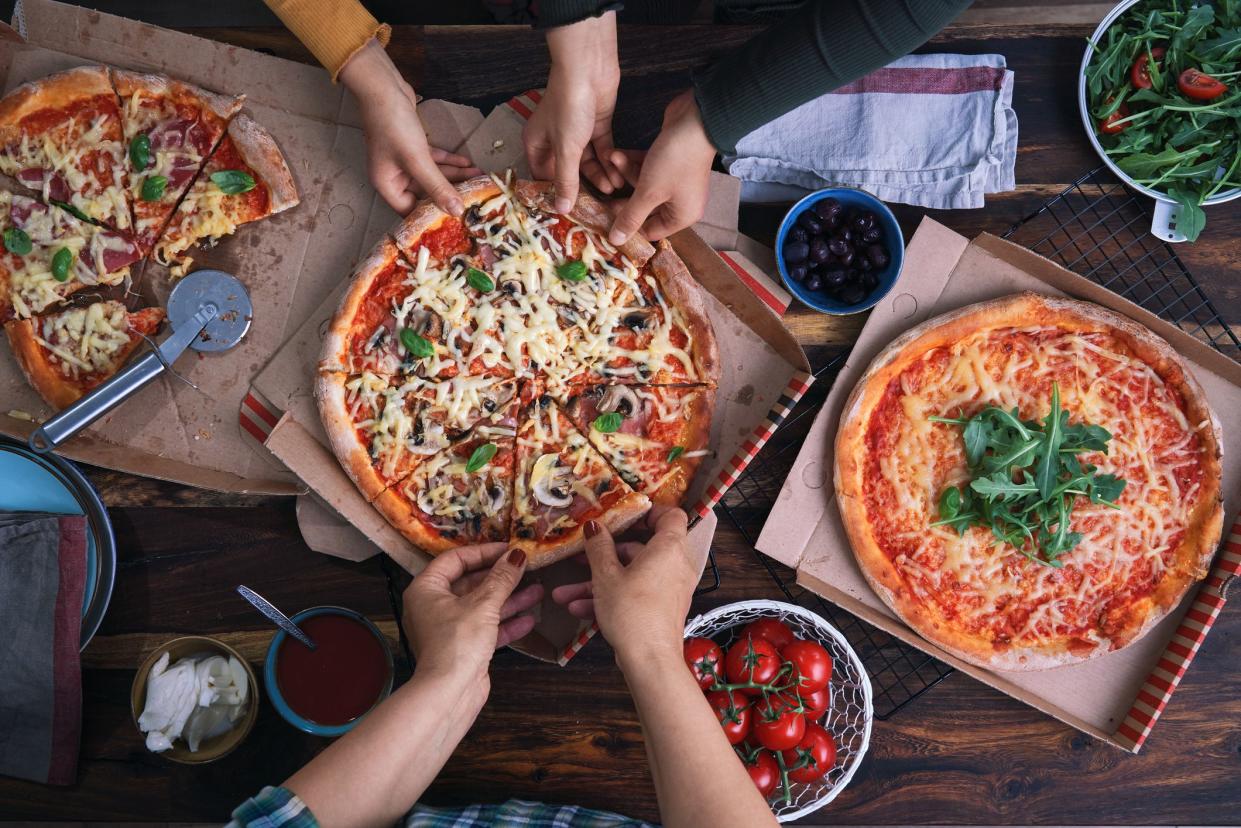
4. Cutting It Too Soon
We've all been there — the pizza smells amazing, and you just can't wait to dig in. But cutting into your pizza too soon can cause all that molten cheese and sauce to slide off, leaving you with a dripping mess rather than a satisfying slice. By waiting just a few minutes (like how we let steaks rest after cooking), you allow the cheese to set and the toppings to stay in place. This way, each slice will look as good as it tastes.
For more food tips and other money-saving hacks, please sign up for our free newsletters.
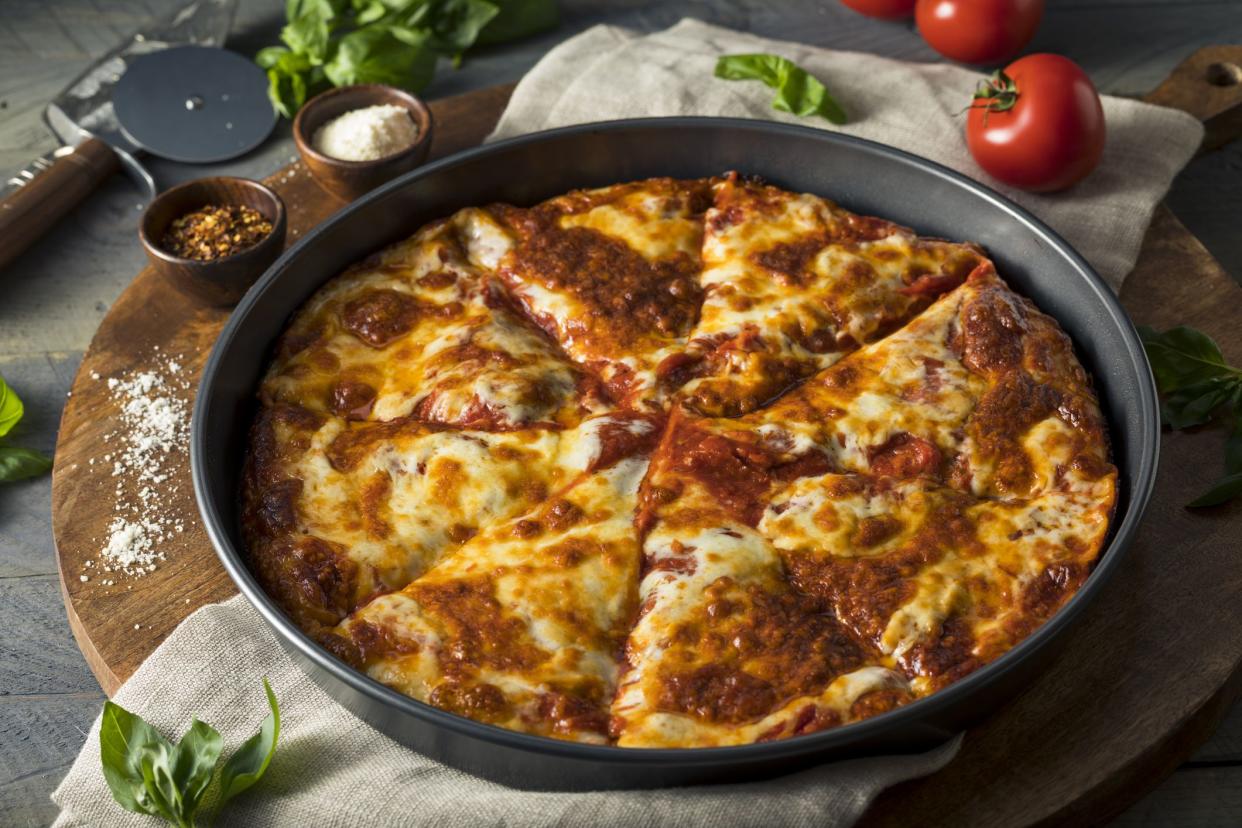
5. Baking Your Pizza in a Pan or Tray
Using a pan to bake a frozen pizza can trap moisture and lead to a soggy bottom, which nobody wants. For a truly crispy and satisfying crust, skip the pan. Instead, place your pizza directly on the oven rack to allow air to circulate more effectively around it. This way, your crust will cook evenly from edge to edge to achieve that perfect golden-brown finish.
Pro tip: To prevent potential messes from topping drippings, consider placing a pan beneath the rack to catch any fallout.
Related: We Tasted 13 Frozen Pizzas and This Is the Best
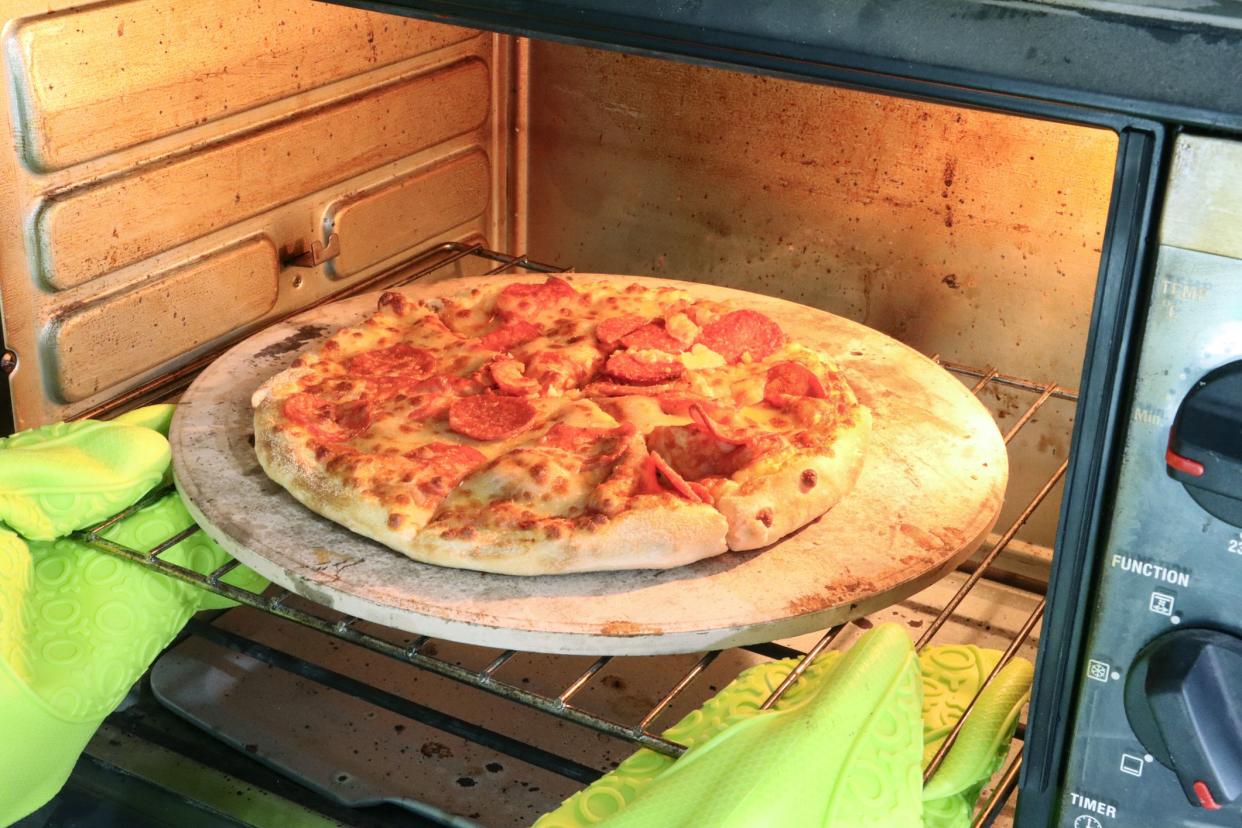
6. Not Using a Pizza Stone
If you own a pizza stone, now's the time to use it. A pizza stone mimics the conditions of a pizza oven by absorbing and radiating intense heat. This means your frozen pizza will end up with a crisp, pizzeria-like bottom crust without the hefty price tag. Just remember that the stone needs to be hot before you put the pizza on it, so place it in the oven during preheating to prevent a half-baked, soggy disaster.
Related: Don't Miss These Pizza Deals From Domino's, Pizza Hut, and More
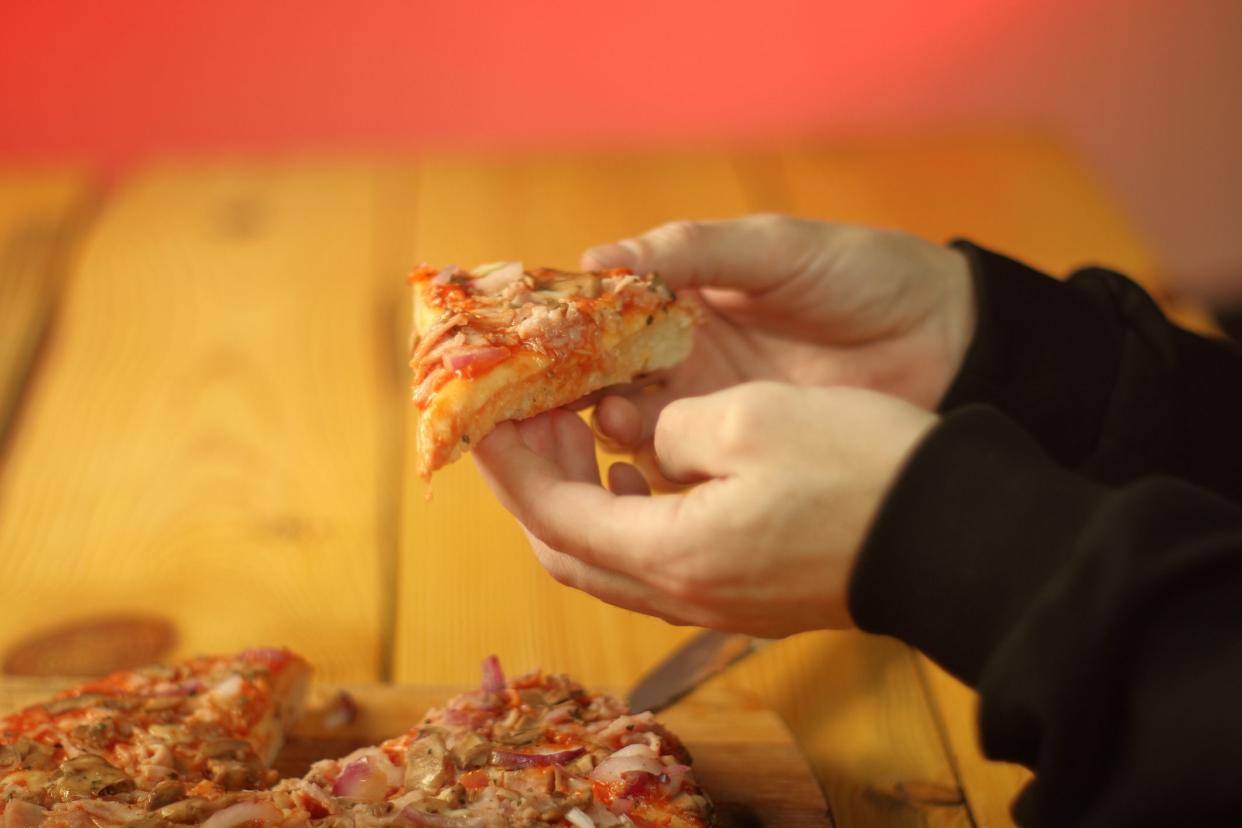
7. Neglecting the Underside
While the top of your pizza might look ready, the underside could tell a different story. A perfectly cooked pizza base should be golden brown — not pale, overly doughy, or have blackened burn spots. Consider taking a peek by lifting a corner with a spatula to ensure you won't end up with a burnt or undercooked foundation.
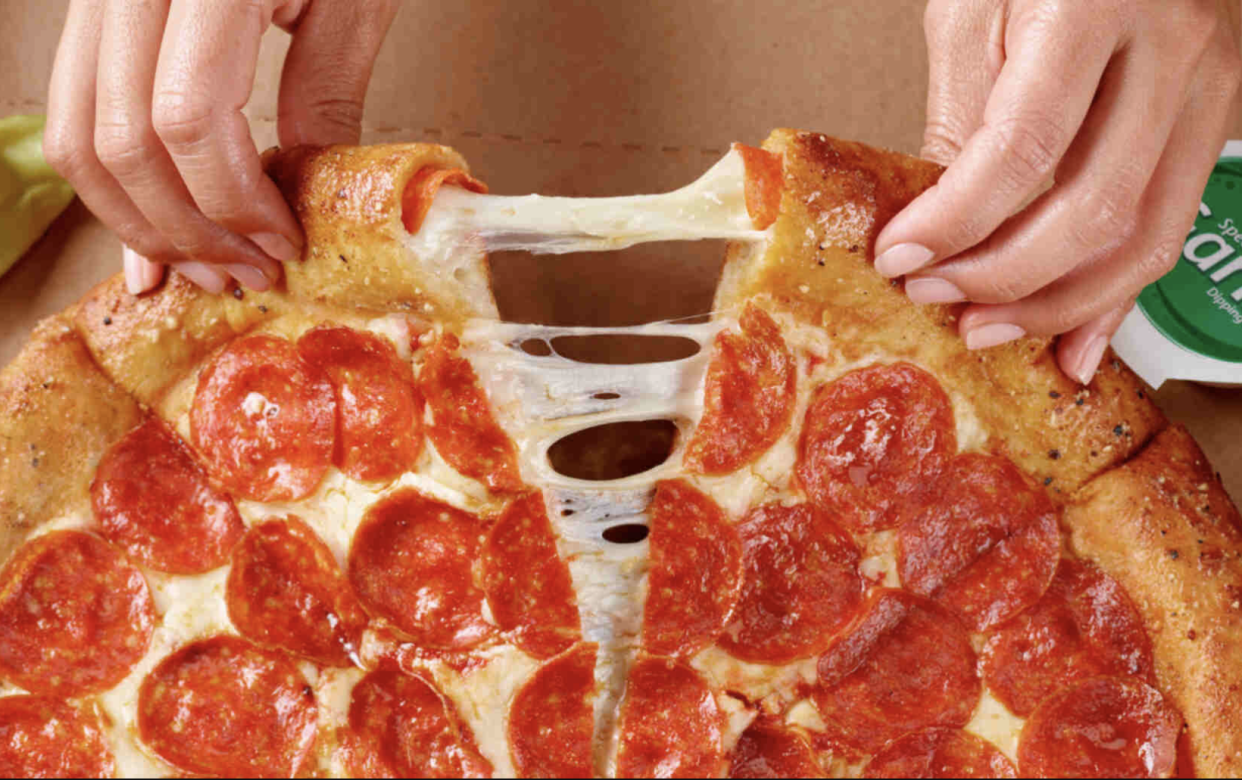
8. Leaving the Crust Unattended
Before baking, consider brushing the crust with a little olive oil and sprinkling it with garlic powder, Italian seasoning, or even Parmesan cheese. You can also use butter. "Melt some butter with garlic powder, and brush it on the crust," suggests one Redditor. Yum! This small step can transform the crust from merely a handle for your pizza into a delicious part of the meal that you'll actually look forward to eating.
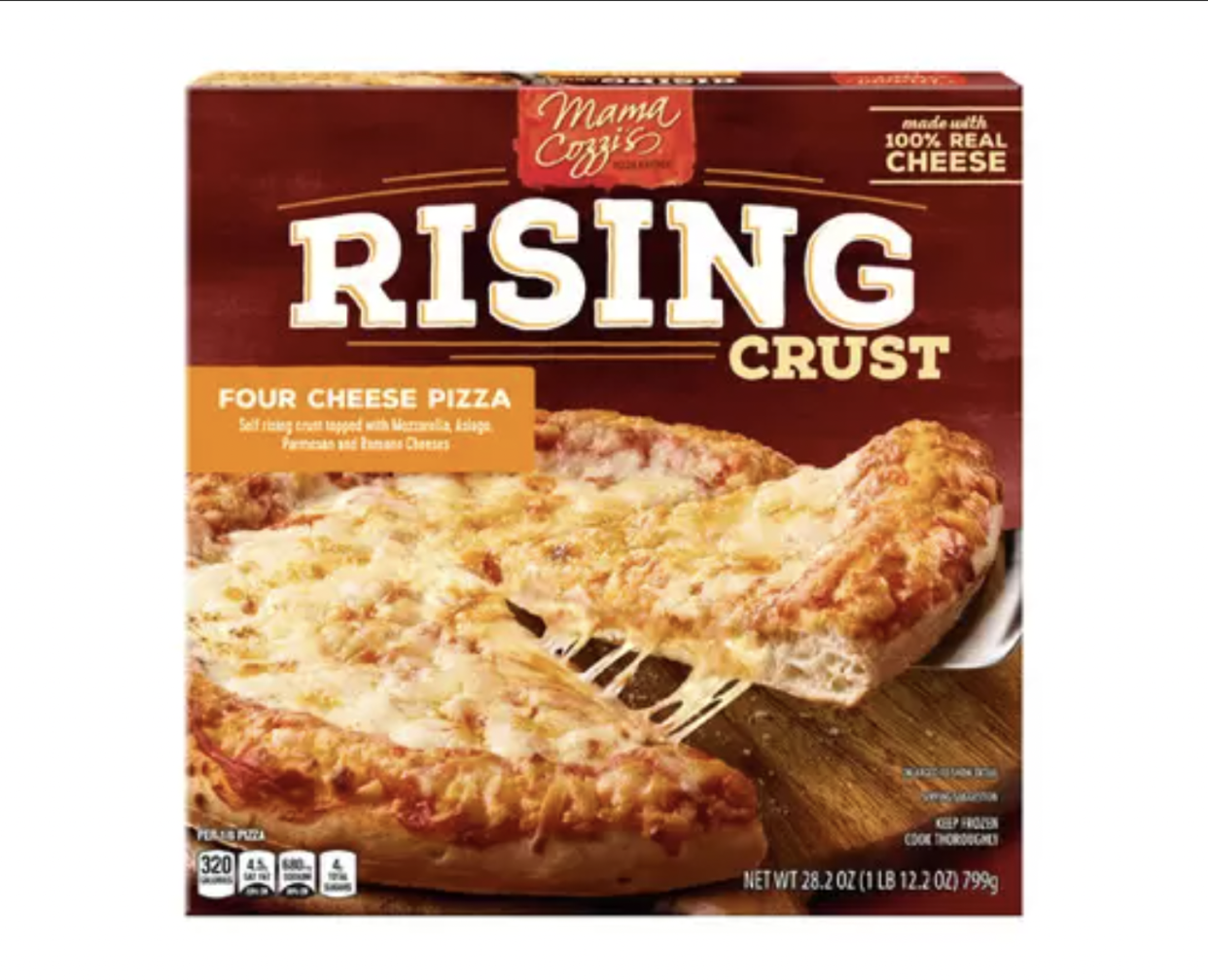
9. Following the Box's Instructions
While it might seem counterintuitive, following the box's baking instructions to a T isn't always the path to pizza perfection. Oven temperatures can vary, and what works for one appliance might not for another. View the instructions more as suggestions rather than strict rules. Start by checking the pizza a few minutes before the recommended time and adjust based on your oven's quirks and your crust preference.
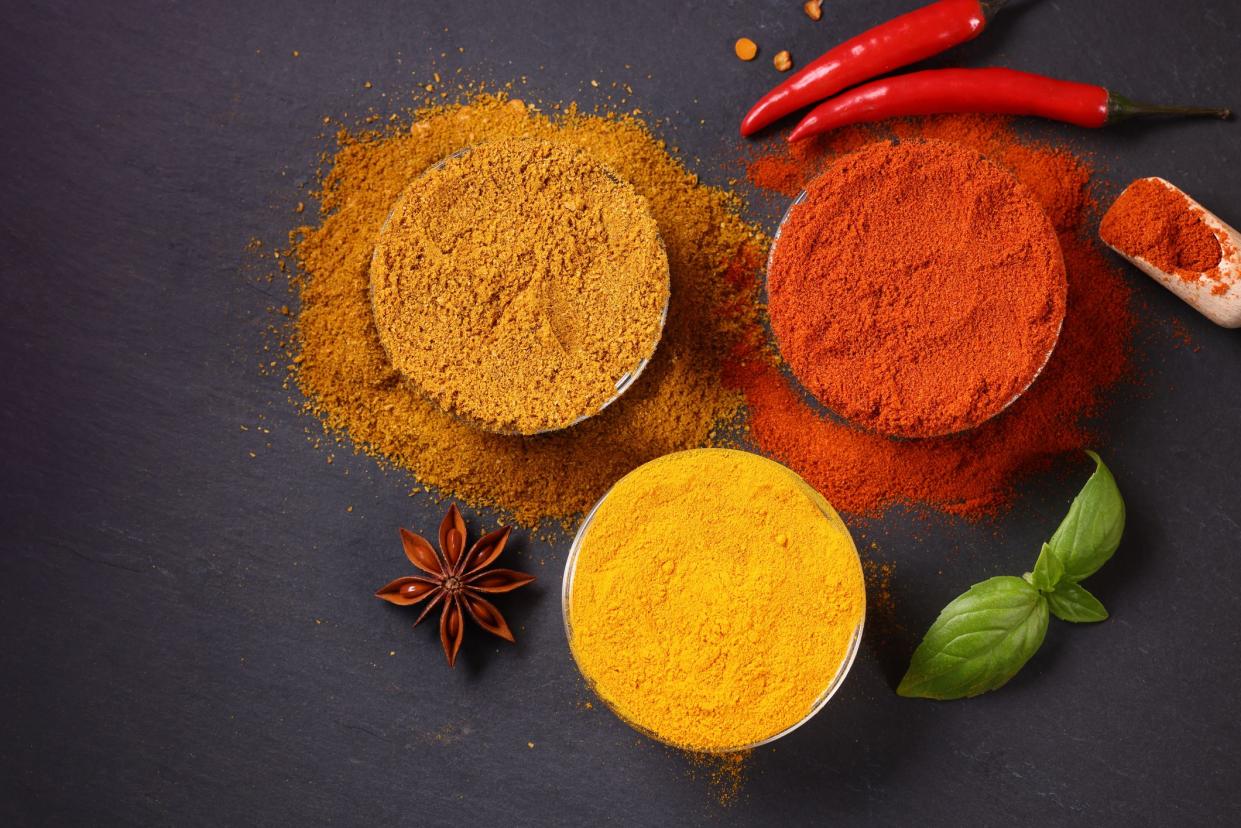
10. Not Adding Herbs and Spices
Since frozen pizzas can be a bit bland straight out of the box, consider elevating its flavor profile by sprinkling it with your favorite herbs and seasonings like dried oregano, basil, red pepper flakes, or garlic powder prior to baking. For an even fresher twist, add fresh herbs right after baking. This will not only enhance the flavor but also add a delightful aroma and gourmet touch to your slices.
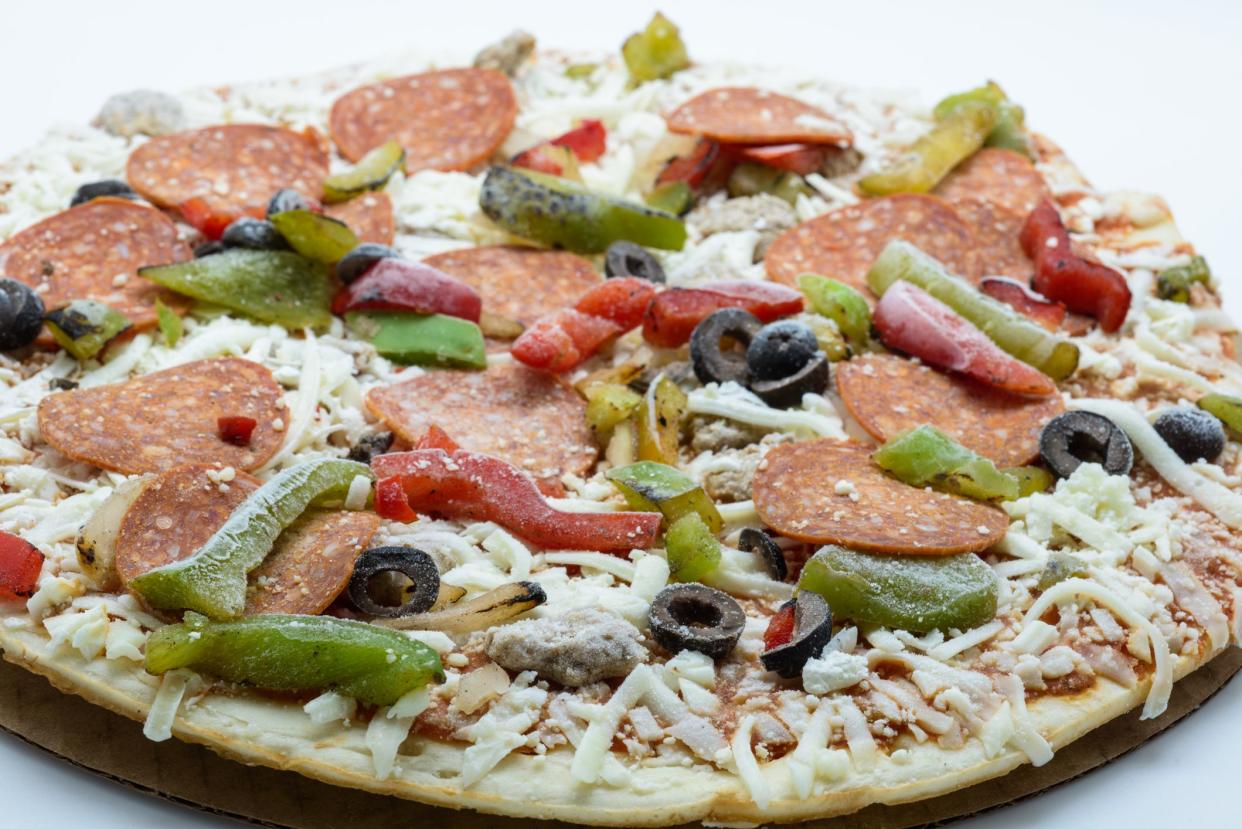
11. Forgetting To Reassemble Toppings
If you've ever opened a frozen pizza box to find the toppings have migrated during transit, you're not alone. Forgetting to reposition those wayward pieces before baking can result in uneven flavor, texture, and a less satisfying experience. To avoid this, take a moment to redistribute the cheese, meats, and vegetables evenly across the surface before plopping it in the oven.
This article was originally published on Cheapism

More From Cheapism
Free Burgers, Free Fries, and More Bonkers Fast-Food Deals Near You
The 25 Best Family Meal Deals From Popular Fast-Food Spots Offering Takeout and Delivery
Are Rao's Frozen Pizzas Any Good? I Tasted Them All To Find Out
Like Cheapism's content? Be sure to follow us.






